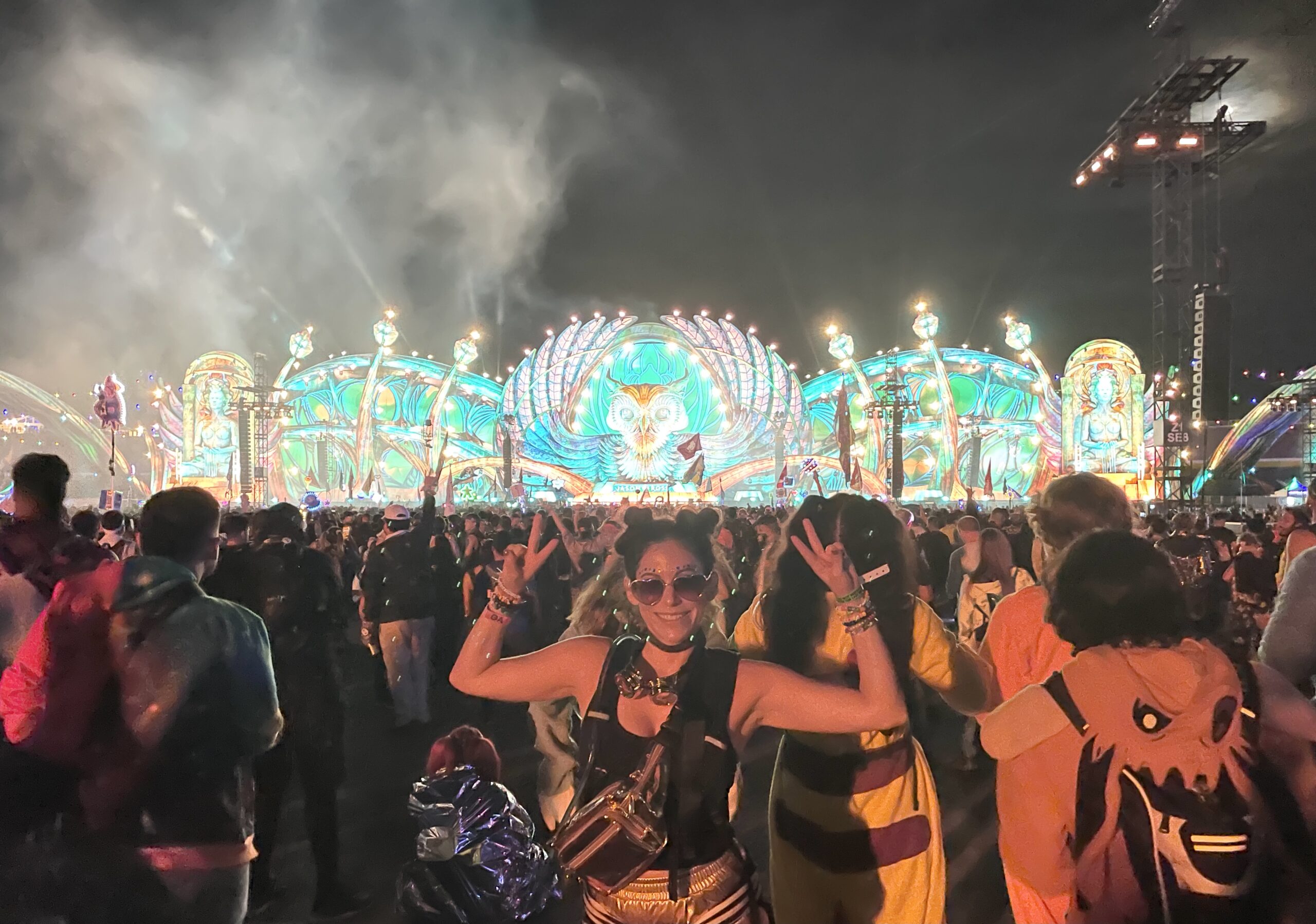From Flocks of Birds to Music Festivals, Spontaneous Order Is All Around Us
Spontaneous order can be a confusing concept, especially for those who don’t buy into individualism or free markets.
This idea that in the absence of government interference humans are capable of self-organization (both in markets and social interactions) goes against the edict that we need an abundance of law to ensure civility.
But as Adam Smith taught us, there is an invisible hand that directs society and encourages individual actors to work together for their own mutual benefit. While Smith was talking primarily about the economy, the invisible hand guides us in social situations as well. And there are examples all around us.
Music festivals are filled with the most spectacular opportunities for people watching. They are also rich with examples of spontaneous order. And as a frequent attendee of electronic dance music festivals, this is a topic I find rather exciting.
Over the course of three days, 500,000 people attended the Electric Daisy Carnival (EDC). If you’re sitting on the sidelines watching the hordes of people heading to various stages and walking in every which way, it’s intimidating, like the human version of the Autobahn where there are no speed limits, no direction, and utter chaos. But put yourself inside the crowd and you’ll get a different perspective.
My little festival tribe ventured into this sea of people, scared at first that we might run into others and have to get aggressive to make our way to the stage. But we found ourselves surprised to experience quite the opposite.
Every other group was walking as quickly as we were and it often seemed as though we were going to walk right into each other. But no one collided. This fascinated my friend so much he even exclaimed, “how is it, that with some many people no one is running into each other?”
The answer is; spontaneous order.

It was in everyone’s best interest to avoid a collision and to enjoy the festival to the fullest extent. Everyone was cognisant of those around them, taking signals from each other so that no one would collide. And somehow, without direction and without verbal communication, our group weaved through the crowd together without incident and without getting separated—a phenomenon that can be explained by observing the animal kingdom.
When flocks of birds fly together you can’t help but notice the magnificent formations they take. It’s like synchronized swimmers who practice for hours to coordinate their moves. But there is no practice and there is no coach. There is only spontaneous order. They follow the signals of their peers and it leads them to where they need to go.
Steven Strogatz, author of Sync: How Order Emerges from Chaos in the Universe, Nature, and Daily Life, explained of the animal kingdom:
There are just three simple rules. First, all the individuals are only aware of their nearest neighbors. Second, all the individuals have a tendency to line up. And third, they’re all attracted to each other, but they try to keep a small distance apart. And when you build those three rules in, automatically you start to see swarms that look very much like fish schools or bird flocks.
The very same could be said about festival attendees.
After navigating the crowd and making it to our stage, the comparisons continued. Watching the dancers from afar felt like witnessing the invisible hand in action. In this case, it was the music guiding the crowd. The only form of communication that was needed was the bass. When we moved to the center of the crowd, we could really see what Strogatz was talking about.
With so many dancers, you’d think there would be incidents of people bumping into each other and spilling a person’s drink. But none of this occurred. We unconsciously followed the three rules of the animal kingdom, and directed only by the beat, everyone maintained order.
As FA Hayek wrote:
Since such an order has not been created by an outside agency, the order as such also can have no purpose, although its existence may be very serviceable to the individuals which move within such order. But in a different sense it may well be said that the order rests on purposive action of its elements, when ‘purpose’ would, of course, mean nothing more than that their actions tend to secure the preservation or restoration of that order.
Individuals are not just capable of what Strogatz calls “spontaneous synchronization,” we are naturally inclined to it. This is as true of flocks of birds as it is to music festival attendees and market interactions.
Civilization is civilized not because we are told we must be, but rather because we order ourselves in a fashion that promotes mutual benefit. That is not to say there are not outliers—bad actors who seek to cheat or a tipsy dancer prone to anger if you get in his way. But by and large, when allowed to, society will sync and work together.
As Hayek reminds us:
So understand our civilisation, one must appreciate that the extended order resulted not from human design or intention but spontaneously … This process is perhaps the least appreciated facet of human evolution.
